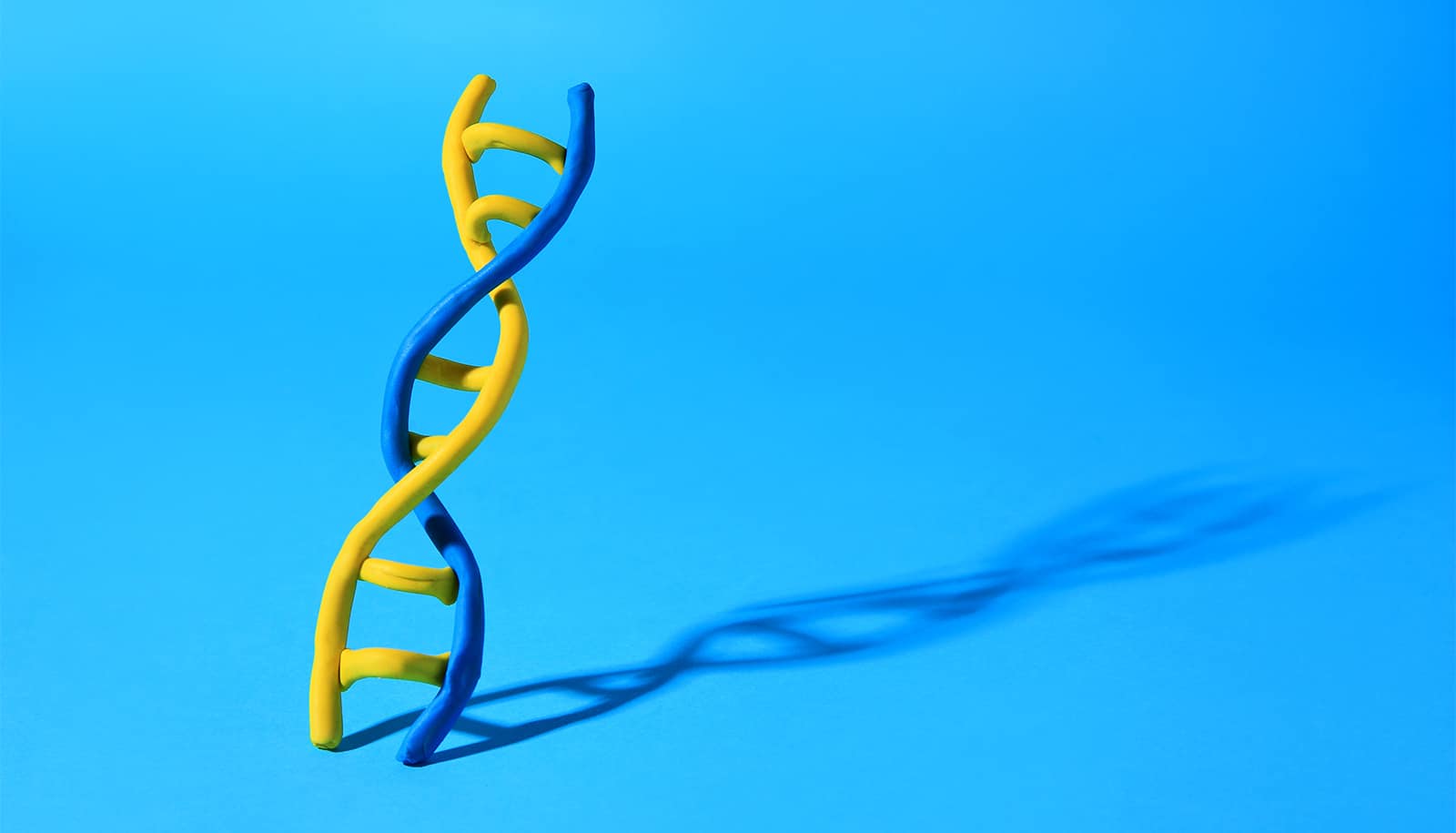Just 13 snippets of DNA may be enough to make conclusions about hundreds of thousands of genetic markers, even those not present in the sample, possibly revealing enough to indicate personal identity information.
The new study’s results may help foster scientific collaborations and aid researchers working with degraded or incomplete DNA samples, such as those collected from wildlife or archaeological sites, says Noah Rosenberg, a professor of biology at Stanford University and the new paper’s senior author.
But the ability to infer so much on the basis of so little information raises privacy concerns as well, Rosenberg says. It also suggests that the assumptions about genetics that underlie a number of recent legal arguments, including the Supreme Court’s decision to uphold a controversial law concerning the collection of forensic DNA, may not be quite correct.
Comparing databases
The new findings are based on two sets of genetic data from 872 human genomes. The first comprised just 13 markers that until this year were the basis of the FBI’s forensic genetic marker set, the Combined DNA Index System, or CODIS. (The system was recently upgraded to include seven additional markers, bringing the total to 20.)
The second, much broader dataset included 642,563 genetic markers that did not overlap with the first set. The question was, how well could Rosenberg and his team match a person’s record in one dataset to their record in the other? Put differently, how well could they predict the second set of genetic markers based solely on the first, forensic set?
Pretty well, actually. Rosenberg and team found there were strong enough patterns in our DNA—or at least in the DNA of the diverse set of people they studied—that they could match upward of 90 percent of the records.
If they added in 17 more forensic markers, bringing the total to 30, they could match more than 99 percent of the records in the two datasets—meaning that with the right combination of databases, it may be possible to infer a wealth of genetic information based on a very small set of markers.
Genetic privacy
The team’s conclusions suggest there may be flaws in the way law enforcement officials, courts, and businesses that conduct genetic tests have thought about genetic privacy. Previously, it had been assumed that forensic DNA collections were only useful for matching DNA samples to names already in a database—that is, for placing a suspect at a crime scene—and fundamentally could not reveal any information beyond identity matches.
That assumption was a key element in the Supreme Court’s 2013 decision in Maryland v. King, which upheld the state’s practice of retaining DNA from anyone who’d been arrested there. Since the CODIS markers could not be used to infer private health data or other traits, the majority argued, the benefits of recording them from anyone even suspected of a crime outweighed those suspects’ privacy concerns.
Similarly, genetic testing company 23andMe argued in a blog post last year that their data was unlikely to be useful to police. Their data relies on a different set of markers than those used for forensic analysis, so, they argued, it was very difficult to connect police records with theirs.
Such arguments may need to be reconsidered, Rosenberg says, because when the same person is included in more than one genetic database, it may be possible to infer genetic traits from CODIS data or to find matches across different sets of DNA markers.
DNA profiling catches repeat criminals
The good news
Privacy and legal issues aside, “there are several other places where this result is useful,” Rosenberg says.
“The approach we are using dates back to the 1960s, when computer scientists and statisticians were first trying to figure out how to link records from the same people in different government, medical, or corporate databases,” says Michael Edge, a recent doctoral graduate and lead author on the paper. “It is interesting to see that the same type of problem arises in so many contexts in genetics.”
One issue is backward compatibility of the forensic marker system, which is what drew the team to the problem in the first place. The problems forensic geneticists face are often harder than simply matching profiles—for example, determining whether one person’s DNA is present in a mixture of several people’s DNA left on a doorknob at a crime scene.
With just 13 or 20 genetic markers, there is a substantial risk of false positive matches, Rosenberg says. Using larger and more modern marker sets would reduce false positive rates, but that introduces another problem: It might not be possible to check for matches against decades of profiles collected with the 13 markers that have been used to date.
The new results, Rosenberg says, give a proof of principle that it may be possible to develop a forensic genetic system with new marker sets and still be able to test for matches against databases assembled with the earlier CODIS markers.
The findings may also help scientists fill in missing details from DNA samples when they do not know if they are sampling the same individual.
For example, when wildlife biologists want to study DNA from elusive animals, they cannot always take a blood sample. Instead, they often rely on hair or scat samples, and it can be difficult to tell if the same animal has been sampled multiple times.
This catalog records genetic differences of 2,500 people
The same is true when sampling DNA from ancient bones recovered at archaeological sites. In both cases, Rosenberg says, the new results suggest that some of the missing genetic details could be filled in.
And then there’s “a scenario that’s happened to me at least twice,” Rosenberg says: data sharing.
It is not uncommon for collaborators from two labs to want to share different kinds of data on the same people—except it is not so simple as just sending over the data when the two datasets might have samples that are shared in common but that are labeled differently. In principle, Rosenberg says, the results of the new study could be used to match entries across datasets, making research collaborations that much easier.
Additional study authors are from Stanford, the University of Manitoba, and the University of Michigan. Grants from the National Institutes of Health and the National Institute of Justice supported the research.
Source: Stanford University



